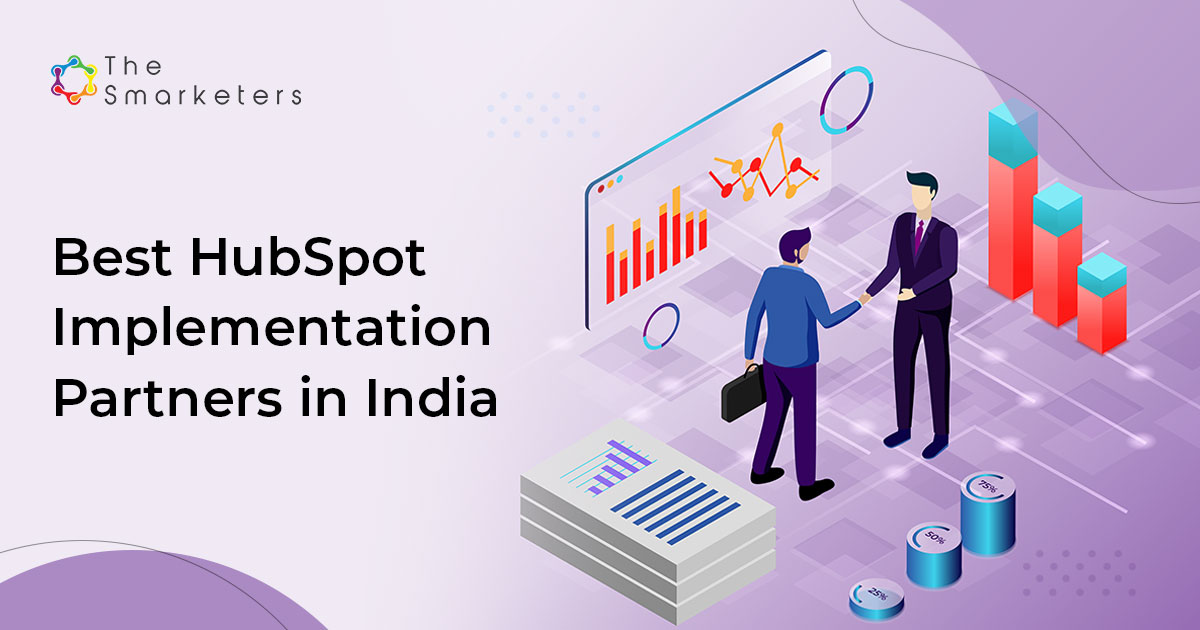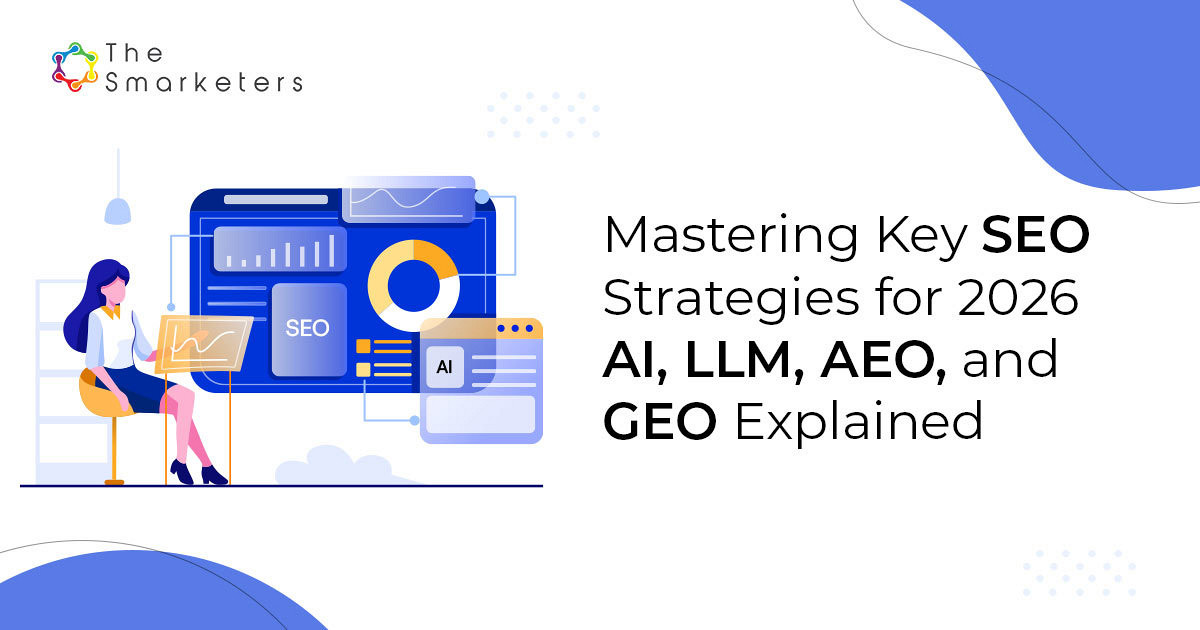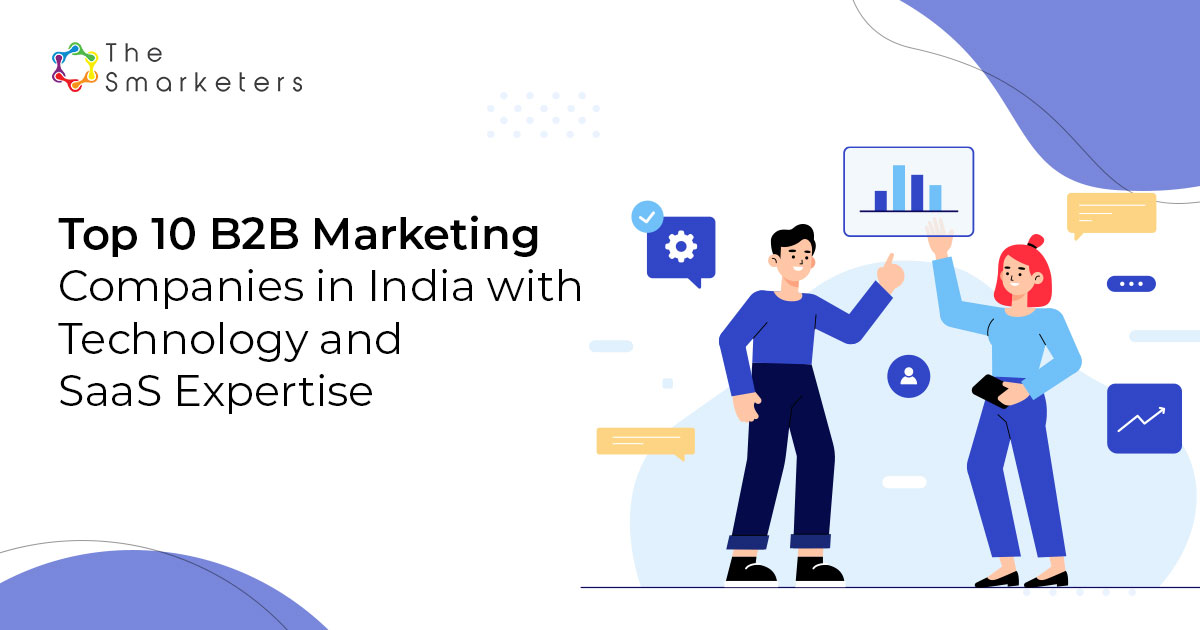Google’s algorithm frequently changes to keep up with the ever-changing digital landscape and to ensure that the most relevant and high-quality content appears at the top of search engine results. This means that the SEO & SEM best practices that had previously worked may not work now.
For example, if your website’s organic traffic is declining, it could be due to recent algorithm changes influencing how your content is ranked. These changes can affect different aspects of SEO and SEM, such as keyword relevance, backlink quality, and site structure.
When your page ranks higher, it increases the chances of searchers clicking through to your content. So, how do you create the best traffic-generating SEO and SEM strategy?
Here is a quick guide on the SEO & SEM best practices you can implement to increase your search rankings.
How Do SEM and SEO Help to Increase Your Website Traffic?
Before moving on to the SEO and SEM best practices, let us understand how SEO and SEM generate website traffic.
SEO improves a website to make it more visible for relevant searches. It’s like making your website more attractive and easy to find on search engines. The better you implement SEO, the higher your website will show up in search results, which means more people will visit your site.
On the other hand, SEM is a broader approach. It includes methods like PPC advertising, which can bring more visitors to your website through search engines. SEO focuses on getting free traffic, while SEM uses paid strategies like PPC ads, Ad targeting, and performance tracking.
Both SEO and SEM are important. While SEO helps build a strong foundation for long-term growth in search visibility, SEM provides quicker results and helps you reach your target audience effectively. Balancing both strategies is the best way to grow your website traffic now and in the future.
What Are the Best Practices for SEO and SEM?
While SEO and SEM are distinct strategies, they are most effective when used together. Implementing best practices for both can significantly improve your online presence and drive traffic to your website.
SEO tips to boost your organic rankings & traffic
Keyword research and selection
You need to do thorough keyword research to start a successful SEO strategy. This helps you find relevant keywords and phrases related to your industry. The goal is to find keywords with good search volume but aren’t too competitive. You can use tools like Google Keyword Planner, SEMrush, or Ahrefs to get detailed insights into how keywords perform.
On-page optimization
Every webpage must be optimized for specific keywords. Try to include keywords in titles, descriptions, headers, and throughout your content organically. Remember to optimize images by adding descriptive alt tags. The key to on-page optimization is creating high-quality content that meets user needs.
Technical SEO
Technical SEO ensures your website works well on mobile and different devices. It’s crucial to optimize your site’s speed by compressing images and improving the code. Another good practice is to create an XML sitemap and submit it to search engines to help your site become more visible. Using schema markup can also help search engines understand your content better.
Backlink building
Getting high-quality backlinks from authoritative websites in your industry is good for your site’s ranking. Strategies like guest posting, outreach, and content marketing can help attract these backlinks. Avoid low-quality or spammy backlinks, as they can harm your rankings.
User experience (UX)
The user experience is crucial in search engine optimization. Improving the user experience means using easy-to-use navigation and a neat website design. Ensure the URLs are clear and descriptive and website security is on point with HTTPS. To decrease bounce rates, focus on delivering valuable content and engaging users effectively.
SEM best practices to improve search rankings
Clear campaign goals
The first important step towards success in SEM is to set clear and specific objectives. Whether you want more website visitors, leads, or sales, each campaign must be customized to achieve your goals. This involves aligning your ad text, keywords, and landing pages with your campaign objectives. Setting precise goals ensures that your SEM efforts are focused and measurable.
Keyword research for paid ads
The key to a successful SEM campaign depends on strategic keyword research. This means finding the keywords your potential customers will likely use when they search online. At the same time, it can be wise to use negative keywords to exclude search queries that aren’t relevant to your business. This way, you save your budget by only targeting the most relevant and promising traffic.
Ad copy and creatives
Ad copy and creatives play a pivotal role in the click-to-conversion mission. Crafting captivating and relevant ad copy is crucial to getting potential customers to interact with your ads. Similarly, attention-grabbing ad creatives with clear calls-to-action (CTAs) can significantly improve click-through rates. Regularly test different versions of your ad copy and creative elements to ensure you have the winning formula.
Budget management
Managing your budget effectively is a crucial part of SEM. This means setting a proper advertising budget and monitoring your spending to maximize returns on investment. Also, adjust your bids to improve the performance of your ads and use ad scheduling to display them at the best times for your target audience.
Landing page optimization
Landing pages—where your ads take people—should provide a smooth and relevant experience that matches the ad content. Optimizing landing pages means ensuring they work well on mobile devices and load quickly.
Also, it’s important to include clear CTA buttons, newsletters, or Google forms to generate leads and make it easy for people to act. The landing page should deliver on the ad’s promise and enable visitors to go from clicking on the advertisement to completing a desired action.
How Top Inbound Marketers Mix SEO & SEM Strategies
Inbound marketing is a customer-focused approach that attracts customers through valuable content. It combines SEO and SEM to achieve better results. Here’s how inbound marketers use SEO and SEM together to improve their digital marketing efforts:
- Content creation: Creating valuable and engaging content is essential for SEO and SEM. Inbound marketers create content that ranks well in organic search results (SEO) and complements SEM ads to get more clicks and conversions.
- Keyword integration: Marketers find relevant keywords and use them for SEO and SEM campaigns. For SEO, they optimize website content with these keywords, and for SEM, they use them for paid search ads.
- Landing page optimization: Inbound marketers ensure that landing pages for SEM campaigns are set up for conversions. This means having clear calls to action, relevant content, and fast loading times.
- Strategic ad campaigns: They run targeted SEM ad campaigns, focusing on specific audience segments, locations, or personas. This helps them attract qualified leads as part of their inbound marketing goal.
- Data analysis: inbound marketers regularly analyze data from SEO and SEM campaigns. They use tools like Google Analytics to see how keywords, ad spending, and conversion rates perform.
- Social media integration: The role of social media is indispensable in inbound marketing. Marketers optimize their social profiles with SEO and use SEM for paid social media campaigns to get more traffic and engagement.
- Continuous optimization: Inbound marketers are continuously improving their strategies. They constantly test ad copy, landing pages, and keywords to get better results over time.
- Budget allocation: They use their budget wisely, balancing SEO for long-term growth and SEM for immediate visibility.
Final Words
If your inbound marketing is the chariot, your SEO and SEM structures are the wheels. Like a chariot needs both wheels to move efficiently, your inbound marketing strategy benefits from the synergy of SEO and SEM.
SEO provides long-term stability and organic growth, while SEM offers immediate visibility and traffic. SEO & SEM best practices propel your business forward on its journey to success.
You must understand your target audience and consistently deliver valuable content to achieve a successful inbound marketing strategy. Seeking expert advice is highly recommended.
Our team of skilled professionals at The Smarketers is committed to helping your business excel with B2B marketing. We have expertise in working with B2B companies from different industries, using targeted and creative strategies like account-based marketing and inbound marketing to attract and convert high-quality leads.
Start your inbound marketing journey with us today. Contact us!









